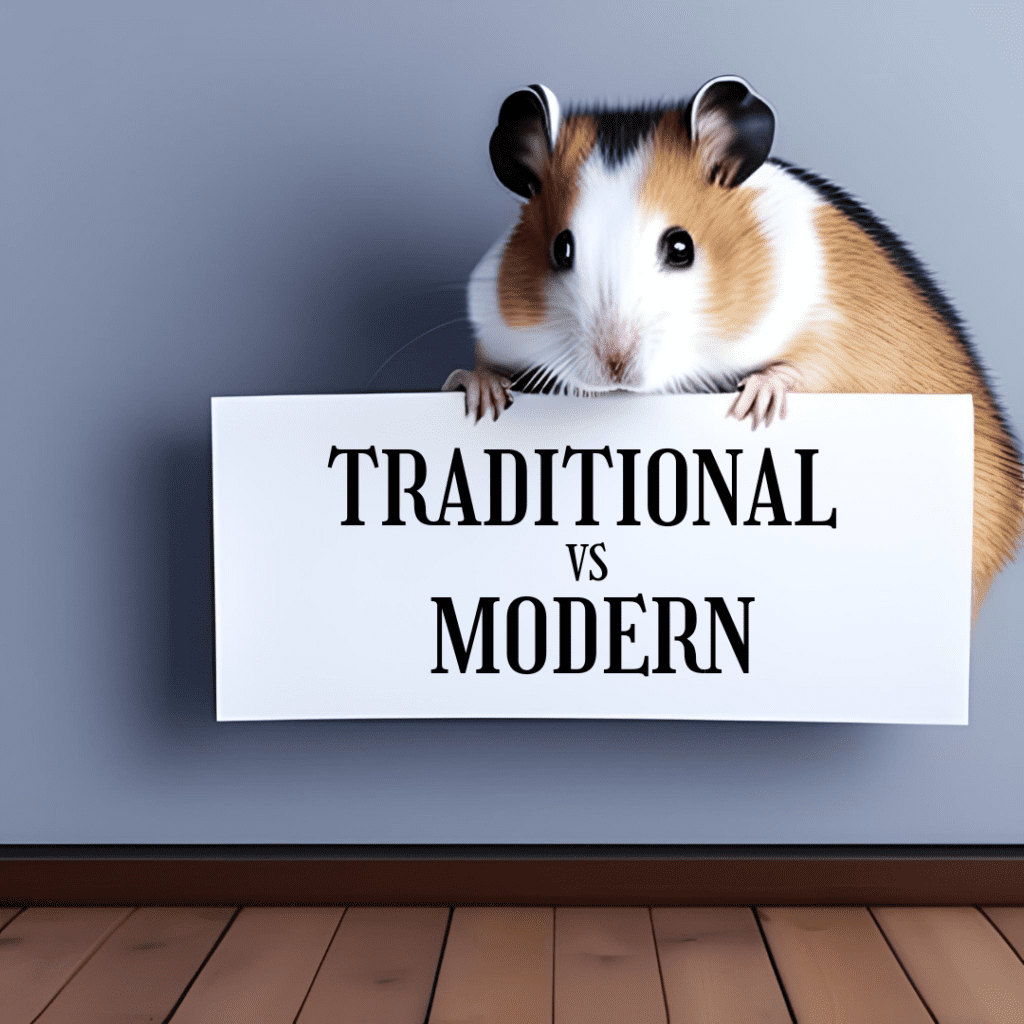|
Getting your Trinity Audio player ready...
|

Product management is essential for any business, and companies always aim to innovate and stay ahead of competitors. Lately, empowered product teams have become a popular idea, but traditional product management still matters for some businesses. In this article, we’ll look at the distinctions between empowered and traditional product teams and see how traditional product management fits certain businesses.
Empowered Product Teams
An empowered product team is a group of individuals who are given the autonomy, resources, and support they need to take full ownership of the product development process. They are responsible for everything from ideation and concept development to launch and ongoing maintenance. Empowered teams are typically cross-functional, consisting of individuals with diverse skill sets and backgrounds, and they work together in a collaborative, iterative manner.
Key Characteristics of an Empowered Product Team:
Autonomy: Empowered product teams are given the freedom to make decisions and take action without having to go through layers of bureaucracy.
Ownership: Team members take full responsibility for the success of the product, and they are encouraged to think and act like entrepreneurs.
Collaboration: Empowered teams work together in a highly collaborative, cross-functional environment, sharing ideas and knowledge to drive innovation.
Iterative Approach: The team takes an iterative approach to product development, with frequent testing and feedback to continuously improve the product.
Traditional Product Teams
A traditional product team, on the other hand, is a more hierarchical structure that follows a more linear approach to product development. It typically involves a manager or director who oversees the entire process and assigns tasks to team members, who then work on specific parts of the project. The team may be cross-functional to some degree, but typically, there is less collaboration and communication between team members.
Key Characteristics of a Traditional Product Team:
Hierarchy: A traditional product team is more hierarchical in structure, with a clear chain of command.
Task-oriented: Team members are often assigned specific tasks to complete, and there is less ownership of the overall success of the product.
Limited Autonomy: Team members have less autonomy to make decisions and may need to seek approval from higher-ups before taking action.
Linear Approach: Traditional product teams tend to follow a more linear approach to product development, with less emphasis on iteration and continuous improvement.
To understand which of the two is better, we need to understand “Organizational Agility”
Determining whether to adopt empowered product teams or traditional product teams depends on the specific needs and goals of the business. Organizational agility is the key to identifying which approach is better suited for a particular business. It involves being able to adapt to changes quickly and efficiently. Being a product manager for retail/e-commerce is very different from being a product manager for healthcare. In e-commerce, you are dealing with a rapidly changing, consumer-driven, highly competitive ecosystem. Whereas healthcare is more regulated, focusing on safety, the efficacy of health outcomes, and other compliance-related factors.
Strategic Considerations
End of the day, it is essential to recognize that empowered product teams and traditional product teams exhibit distinct characteristics and behaviors, which can significantly impact their effectiveness in various business contexts. Much like selecting the right weapon for a battlefield, choosing between a traditional product team approach and an empowered product team approach requires careful consideration of the specific challenges and objectives a business faces.
Imagine you are facing an infantry on the battlefield – a traditional product team, with its established hierarchy and clear chains of command, might be likened to a trusty sword. Just as a sword offers a tried-and-true method of close combat against individual foes, traditional product teams excel in stable and predictable environments, where well-defined roles and processes can efficiently drive projects forward.
On the other hand, confronting a Droid Army – representing the rapidly evolving and dynamic landscape of modern businesses – calls for a more versatile and adaptive tool, much like a light saber in the hands of a Jedi. Empowered product teams, equipped with cross-functional collaboration and decision-making autonomy, can swiftly respond to changes, innovate, and leverage diverse perspectives to tackle complex challenges with finesse.
To ensure success, it is vital for organizations to thoroughly understand the specific needs of their business and adapt their product management approach accordingly. Each situation demands a tailored strategy, whether it involves nurturing the stability of a traditional product team or harnessing the agility of an empowered product team. By aligning the approach to the demands of the job, businesses can unlock the true potential of their product teams and drive growth and innovation in the ever-evolving marketplace.
Watch this space for more product management related articles – engineering.rently.com
Get to know about Rently at https://use.rently.com/
Group Product Manager, Rently Smart Home


I enjoyed reading your article on the differences between empowered and traditional product teams. I found your insights on the benefits of each approach to be very helpful. I especially appreciated your discussion of the importance of organizational agility in determining which approach is right for a particular business.
I am currently working on a project where we are considering adopting an empowered product team approach. Your article has given me some valuable food for thought. I will definitely be keeping your advice in mind as we make our decision.
Thank you for sharing your knowledge and expertise with us. I look forward to reading more of your work in the future.